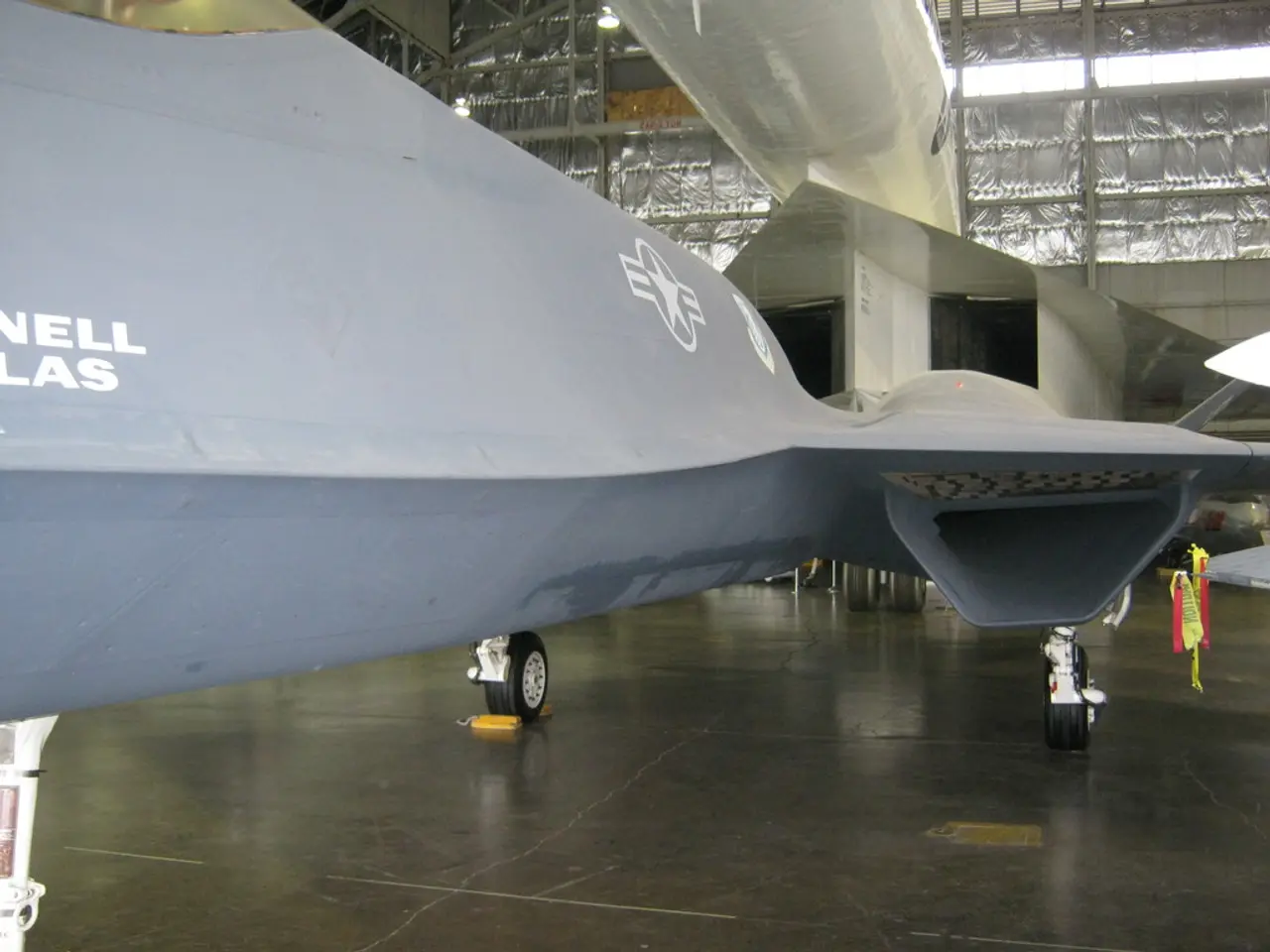Understanding VNAV Functionality: A Breakdown
**Automating Vertical Flight: How VNAV Improves Air Travel**
In the realm of modern aviation, the Vertical Navigation (VNAV) system has become a cornerstone for optimising and automating vertical flight paths. This advanced feature, integrated within Flight Management Computers (FMC), works tirelessly to calculate and manage an aircraft's altitude profile throughout all stages of flight—climb, cruise, descent, and approach—based on preloaded flight plans, performance data, and real-time inputs from various aircraft sensors.
**How VNAV Operates in the Background**
The FMC is responsible for calculating optimal altitudes, speeds, and power settings for each phase of flight using performance models, weight, meteorological data, and Air Traffic Control (ATC) constraints. VNAV continuously compares the aircraft’s current state (altitude, speed, distance to waypoints) with the planned profile and updates guidance to minimise fuel burn and time while adhering to regulatory and operational limits.
Integrating data from onboard sensors such as GPS, DME, and inertial systems, VNAV ensures accurate positioning and that the vertical path is followed precisely. Performance-based navigation (PBN) and Required Navigation Performance (RNP) procedures heavily rely on VNAV to maintain vertical accuracy and alert the crew if deviations occur.
**Guidance Provided to Pilots**
VNAV sends commands to the flight director (FD), providing pitch and speed cues on the primary flight display, guiding the pilot to follow the optimal path. When engaged with the autopilot, the aircraft automatically follows the computed vertical profile, reducing pilot workload and improving efficiency. VNAV calculates and displays target speeds and altitudes for each segment of the flight, allowing for smooth transitions and efficient energy management.
During descent, VNAV calculates the optimal descent point and manages deceleration, ensuring the aircraft arrives at each waypoint at the correct altitude and speed, minimising idle thrust and unnecessary altitude corrections.
**Efficiency and Safety**
By continuously adjusting the vertical profile to the most efficient trajectory, VNAV reduces fuel consumption and engine wear. The FMC ensures that the aircraft remains within safety margins and regulatory limits, providing alerts for potential deviations or procedural errors. Automated vertical navigation decreases the need for manual calculations, allowing pilots to focus on monitoring and decision-making.
**Summary Table**
| Function | Description | Guidance for Pilots | |---------------------|-----------------------------------------------------------------------------|--------------------------------------| | Flight Phase Mgmt. | Calculates optimal altitudes, speeds, and power for each phase | Displays target speeds/altitudes | | Descent Planning | Manages top of descent and deceleration | Ensures correct descent profile | | Sensor Integration | Uses GPS, DME, IRS for accurate positioning | Monitors and alerts for deviations | | Autoflight Interface| Coordinates with FD/autopilot to automate vertical path | Provides pitch/speed cues |
By automating and optimising the vertical flight path, VNAV in advanced FMCs significantly enhances flight efficiency, safety, and compliance with modern navigation standards. Pilots can benefit from understanding the basic principles of VNAV to better understand how automation works on their specific airplane. However, it is important to remember that VNAV may not always be the best option when deviating from its path, and manual control may be necessary in certain situations.
- The Vertical Navigation (VNAV) system, utilized in the aviation industry, excels at managing an aircraft's altitude profile during takeoff, climb, cruise, descent, and approach.
- During flight, the Flight Management Computers (FMC) rely on VNAV to calculate optimal altitudes, speeds, and power settings considering performance models, weight, meteorological data, and Air Traffic Control (ATC) constraints.
- Instruments such as GPS, DME, and inertial systems feed data into VNAV, ensuring accurate positioning and precision adherence to the runway during takeoff and landing.
- VNAV's performance-based navigation (PBN) and Required Navigation Performance (RNP) procedures help maintain vertical accuracy and alert the crew if deviations occur during flight.
- Pilots benefit from VNAV as it sends commands to the flight director (FD), guiding them with pitch and speed cues on the primary flight display, enabling smooth transitions and efficient energy management.
- When engaged with the autopilot, aircraft follow the computed vertical profile, providing reduced pilot workload and increased efficiency.
- VNAV reduces fuel consumption and engine wear through continual adjustments to the vertical profile, ensuring the optimal trajectory is followed.
- The FMC ensures that the aircraft remains within safety margins and regulatory limits, providing alerts for potential deviations or procedural errors during flight.
- As aerospace technology advances, innovations such as VNAV are crucial for improving flight safety, efficiency, and adherence to modern navigation standards, requiring ongoing pilot training and awareness of procedures.




